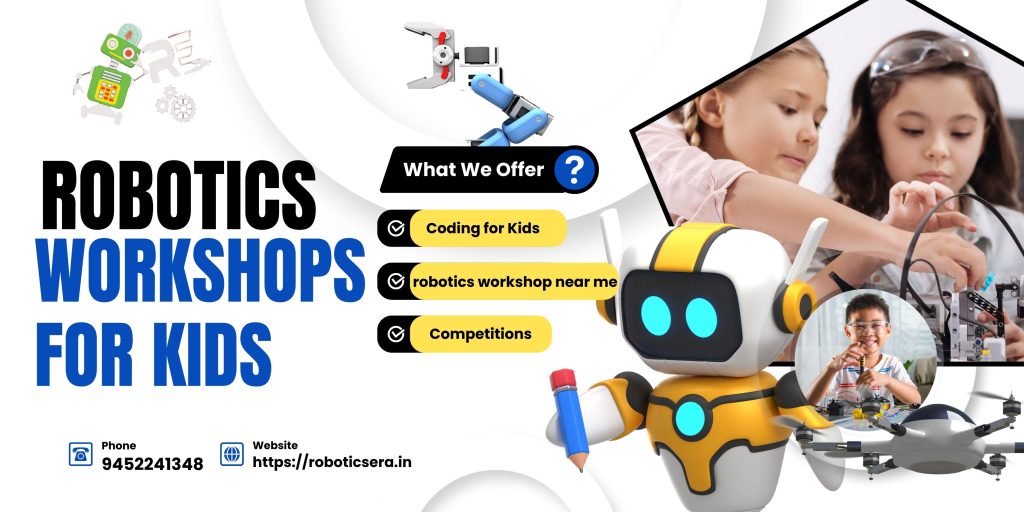Children today are growing up in a world shaped by technology. From an early age, they are surrounded by digital devices, making it natural for them to adapt to computers, smartphones, and interactive tools. This environment creates the perfect foundation for exploring Robotics Workshops for Kids and coding—skills that are becoming essential for future careers.
At its core, robotics combines the design and operation of machines with programming that allows them to function. Building a robot is only half the challenge—the other half lies in coding precise instructions for it to follow. While this might sound complex, even young children can grasp the basics with the help of age-appropriate robotics kits and engaging workshops.

So, what does robotics mean for kids? In simple terms, it’s a playful and practical way to introduce them to STEM—science, technology, engineering, and mathematics. Using hands-on kits, children assemble and program robots while solving fun challenges. Through this process, they not only learn about technology but also develop essential life skills such as problem-solving, creativity, and logical thinking.
Why Robotics Workshops Matter for Kids
Robotics workshops go beyond simply teaching children how to build robots. They immerse students in a learning environment where critical thinking, teamwork, and creativity naturally flourish. The beauty of these sessions lies in their playful approach—children learn through experimentation, trial and error, and imagination rather than rote memorization.
Designing and coding robots encourages creative problem-solving. Many robotics kits are designed without step-by-step guides, giving children the freedom to explore different solutions on their own. This freedom nurtures innovative thinking and helps students realize that there are multiple ways to achieve a goal.
Another powerful aspect of robotics education is its ability to build teamwork and a healthy sense of competition. Across the world, schools and organizations host robotics competitions—like the well-known Robotics Era—where students design robots to compete in different categories. Such events not only boost confidence but also encourage collaboration, cultural exchange, and global exposure, preparing students for real-world challenges.
Building STEM Foundations Early
Robotics education also lays the groundwork for understanding core STEM concepts. To create and program a robot, students are introduced to elements of electronics, mechanics, computer programming, and even artificial intelligence. While these might sound advanced, robotics workshops break down concepts into fun, interactive tasks that children can relate to.
For younger students, robots often feel like toys that “come to life,” sparking curiosity and excitement. As children grow, they transition into more advanced skills like coding in Python, working with sensors, and designing robots for specific functions. This gradual progression ensures that learning stays engaging while steadily preparing them for future studies and careers in STEM fields.
Preparing for the Future Through Play
Ultimately, robotics Workshops for kids is about much more than building machines—it’s about developing skills that will last a lifetime. Children who attend robotics workshops gain not only technical knowledge but also adaptability, collaboration, and confidence. They learn to see technology not as something distant or intimidating but as a tool they can shape and control.
Even students who don’t pursue careers in computer science or engineering benefit greatly from robotics education. It sharpens their logical reasoning, improves decision-making, and builds resilience—qualities that are valuable in any profession.
The most important takeaway is that children learn all this through play. Without the stress of grades or pressure, robotics workshops create an environment where curiosity drives learning. By combining fun with education, robotics helps kids unlock their potential and prepares them to thrive in a technology-driven world.
